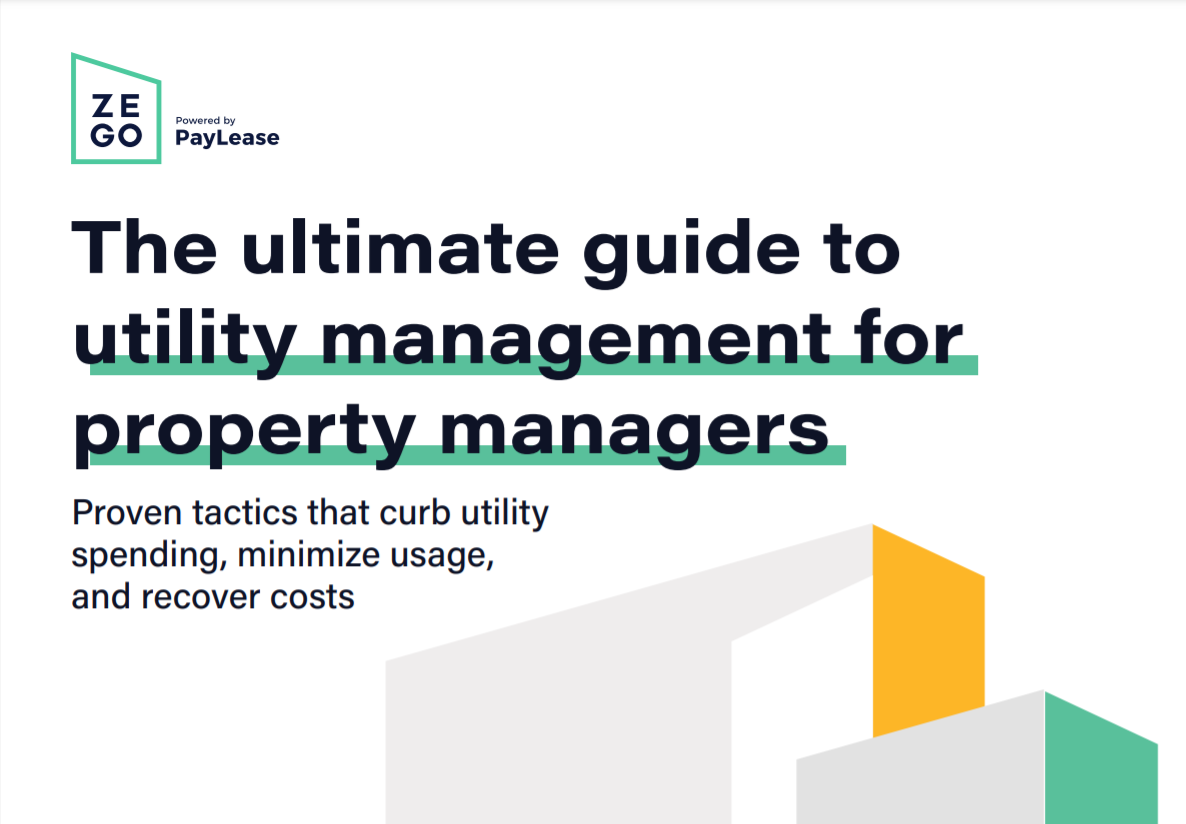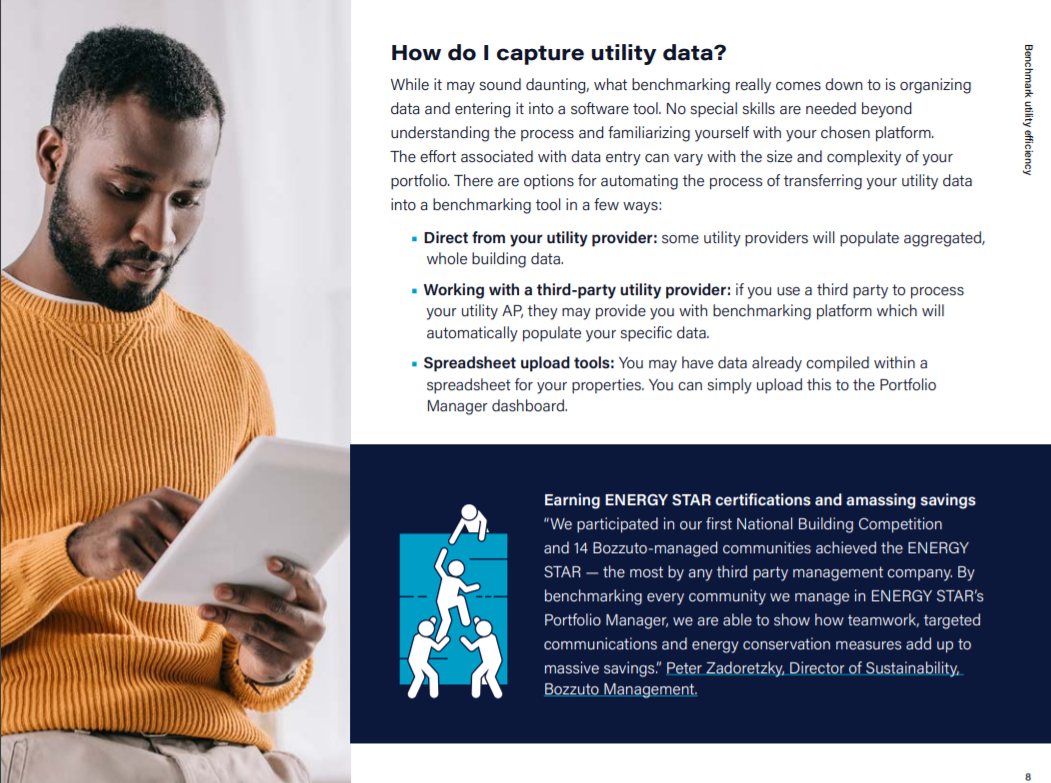Is Climate Change Affecting Your Bottom Line?
This year, global warming and extreme weather events have impacted millions of people. In fact, the U.S. has seen more than 13,000 high and over 15,000 low temperature records set or tied so far this year, according to NOAA. Unfortunately, these aren’t one-off occurrences.
A terrifying truth is that heat waves, floods, “snow-maggedons,” and other crazy weather phenomena are now somewhat of a norm. Chatting about the weather has actually become an interesting topic, not just elevator small-talk. But how does this relate to the property management industry? These events may be a catalyst to get property management companies to consider the hidden (and not-so-hidden) costs associated with climate change. It’s important to stay one step ahead of the weather by thinking of ways to mitigate the hit to your bottom line.
Fluctuating Utility Prices
During extreme weather conditions, residents head straight for the thermostat. And property owners who aren’t recouping utility costs are feeling the pinch due to this increased utility usage. However, we can’t solely blame the residents’ heating/cooling habits, or their long, hot showers. From extreme weather patterns to the war in Ukraine, utility companies have drastically increased their prices. This makes it even more challenging for property managers to cover all the costs. Take a look at these shocking statistics:
- Water rates have risen 43% over the last decade according to Bluefield Research
- Natural gas prices have jumped 525% in just two years!
- Even though prices are going up, it’s not leading to less consumption. Residential utility consumption has increased by 10%.
With the unpredictability of weather, utility prices, and resident habits, there’s no better time to consider decoupling utilities from rent. Without an effective strategy, properties that cover all utility costs are putting themselves at financial risk, and will struggle to grow their net operating income (NOI).
Let’s take a look at the negative financial impacts management companies face when they fail to fully recoup utility costs for individual units, vacant units, and common area expenses during both extreme, and typical weather patterns.
FREE DOWNLOAD Proven tactics to lower utility usage, recover costs, and curb spending at multifamily properties.


Ultimate Guide to Utility Management
Individual Units
The most obvious financial impact on a property is the cost of utilities incurred in each unit. So what can be done? Submetering is the best method for tracking and billing for individual consumption. However, if submeters aren’t an option, RUBS (or Ratio Utility Billing System) is a great alternate solution.
Companies without a resident utility billing solution are in a tough spot. Because if residents are not billed for their usage, they don’t feel the impact on their wallet. When they’re not held accountable, they are less likely to conserve.
“When owners paid for all energy costs, median annual energy use was 26% higher than when tenants paid for the energy costs.”
Fannie Mae
Lack of conservation on the residents’ part results in rising overall utility costs for the property.
Vacant Units
Vacant units can present two problems. First, when the unit is unoccupied, especially during extreme weather conditions, maintenance crews may inadvertently leave the AC or heating settings at unnecessary levels when they depart. Second, when a new renter moves in, they may neglect to transfer the utilities in their name immediately, creating an increased cost burden for the property.
“The annual vacant unit cost recovery for one multifamily firm that manages 120 communities nationwide is about $6 million per year”
Buildings, Smart Facility Management
Without effective tracking, this cost is difficult to identify, bill and recoup. The process of identifying and recouping un-transferred utility charges is called Vacant Cost Recovery. A Vacant Cost Recovery solution ties occupancy information together with utility bills, enabling apartment operators to catch opportunities to recover un-recouped utility expenses. It also improves revenue potential by allowing communities to charge the resident a fee for their tardiness. Such programs also increase focus on hibernating vacant units at all times, resulting in reduced energy consumption.
Move-out Prep
Similar to vacant cost recovery, but on the other end of the lease cycle, is the move-out calculator. Move-outs are stressful enough for residents and property managers between packing, patching holes, scheduling walk-throughs, sending bills for final charges, etc. So when it’s time for residents leave your property, make sure to to utilize automated move-out billing to recoup final utility charges. Hunting down residents for missing funds after they’ve already left the building is an unpleasant task. Oftentimes, property management companies never recover that money because they can’t track down the resident.
But don’t worry, the best billing providers will offer a helpful feature that automatically includes the resident’s prorated utilities on their final bill. The value of this calculator is to simplify the move-out process through automation. It reduces manual work and maximizes the opportunities for companies to collect the appropriate charges upon the resident’s move-out.
Common Areas
Property managers typically have to heat and cool most of their building’s shared spaces too. But many struggle to find a simple way to gather, calculate and bill renters for communal areas.
“Depending on the property, common areas can consume significant amounts of energy, particularly if the common space includes interior hallways, large parking garages, or laundry facilities.”
Buildings, 5 Money Saving Ways to Manage Utility Expenses
Billing residents for common area utility charges gets tricky with certain state regulations. Some states require property managers to subtract a reasonable common area deduction from the amount billed to tenants. Others allow the entire utility bill to be charged back to tenants, including all of the common area utilities. Some states allow bill back of common areas as separate line items. Trying to keep up with numerous billing regulations that are constantly being updated is overwhelming. That’s why most property managers opt for a provider with a compliance team whose sole responsibility is to keep clients compliant with their specific state and municipal regulations.
Weather the Weather
In short, volatile utility costs and environmental pressures lead to financial risk for property managers. Those who aren’t prepared for these hidden (and not-so-hidden) costs when another extreme weather event hits will feel the financial impact. With a resident billing program, you can recoup utility costs for individual units, vacant units, and common areas so you’re not stuck footing the entire bill when utility companies raise their prices.
“Rising utility rates create financial risk for owners and reduce affordability for tenants of multifamily properties.”
Fannie Mae
Don’t put your property at risk. Instead, allocate and bill residents for their share of utility expenses. This method eliminates unpredictable utility expenses in an operating budget, increases cash flow, and can even increase your NOI.